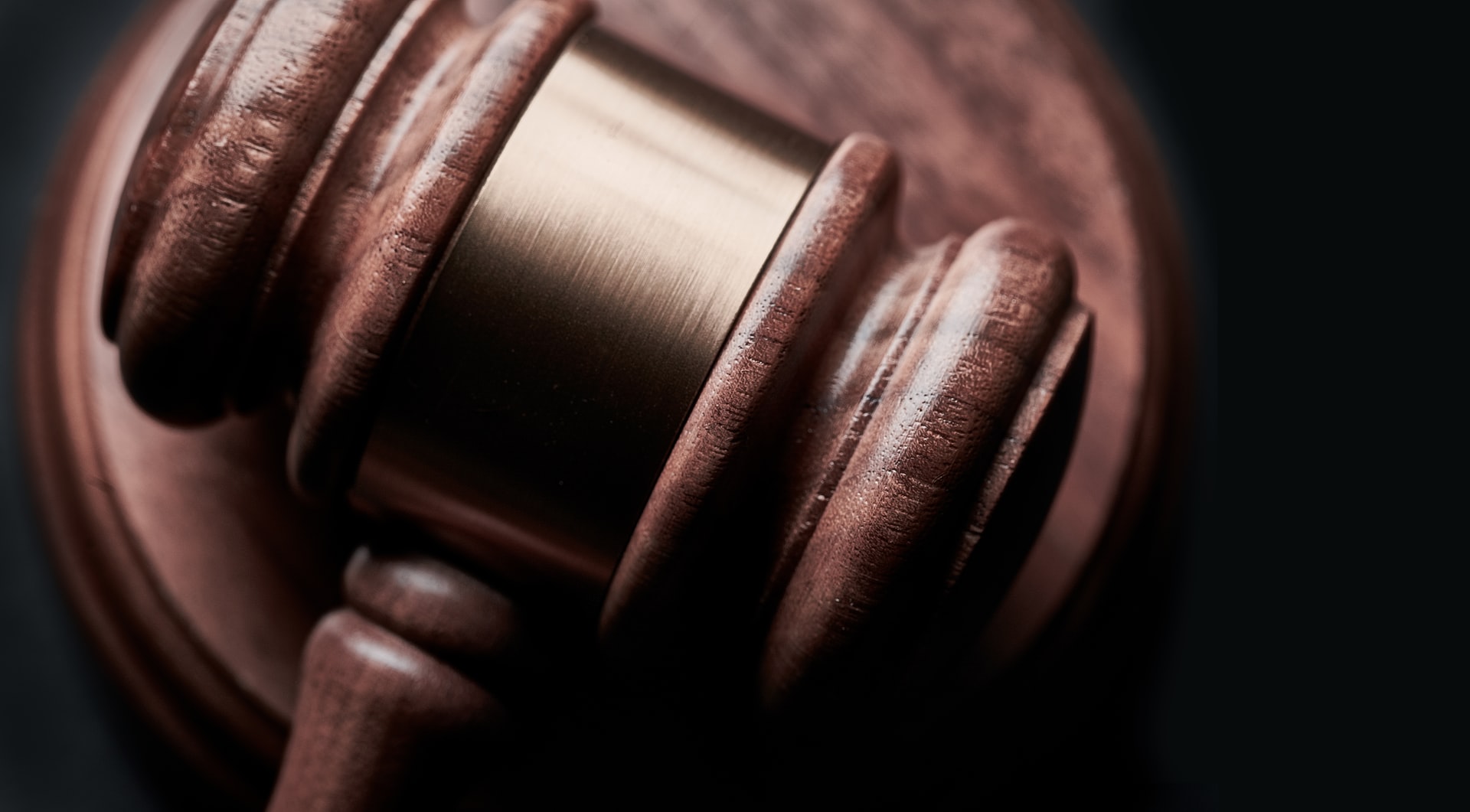
What is Litigation? When is it Necessary?
Litigation involves two or more parties trying to solve a legal dispute by means of a lawsuit. Virtually any controversy can turn into litigation. If the matter is brought into the courtroom, there are procedures that need to be followed. Typically, attorneys representing a plaintiff in litigation must investigate a claim prior to filing a lawsuit to verify the factual basis and review possible remedies. The early steps often involve a formal demand as an attempt to negotiate a settlement with the defendant, or other party involved before suit is filed.
All of these initial steps are crucial in order to both evaluate the claim as well as the opportunity to avoid the often considerable, and uncertain costs of litigation. During these initial steps or the pre-suit stage, a case is built with an aim to eventually present it to a judge or jury. When pre-suit negotiations fail, the initial step is preparing and filing a Complaint that requires formal descriptions of theories of recovery and the amount or remedy sought. Upon filing suit, a summons is issued to the Defendant that serves as either a notice to appear in court or to file documents in response to the Complaint.
The lawsuit then moves into Discovery. As implied by the name, the discovery process involves gathering information and facts about the situation from the opposing party. During this stage, attorneys present questions in various forms-Interrogatories or written questions, and depositions or oral questions. Another discovery tool is called a “Production Request”, which requires that documents relevant to the issues be produced. During a deposition, an attorney will question the opposing party or a third party that may have knowledge of facts surrounding the controversy.
If the case is not resolved during the discovery process, then the case proceeds to a trial. During a trial, following opening arguments by each party or their attorney, the case is presented to a “trier of fact”-either a judge or a jury. Evidence is first presented by the Plaintiff, then followed by the Defendant. Formal testimony is derived by techniques referred to as “direct examination” and “cross examination”. Witnesses generally fall in the category of “fact witnesses” or “expert witnesses”. Once the evidence has been presented by each party, then each litigant formally “rests” their case, and proceeds to closing arguments leaving the decision “in the hands” of the judge or jury. Naturally, the trial court decision may be appealed to the Appellate or Supreme Court if a party is convinced an error was made.
Disputes can vary widely with litigants ranging from strangers to family and remedies seeking money, a specific result or an injunction. A skilled and experienced attorney is critical to assure the best representation and best chances at a favorable outcome. Usually, favorable facts are most determinative of the outcome but having an effective advocate to present those facts is also part of a successful formula.



